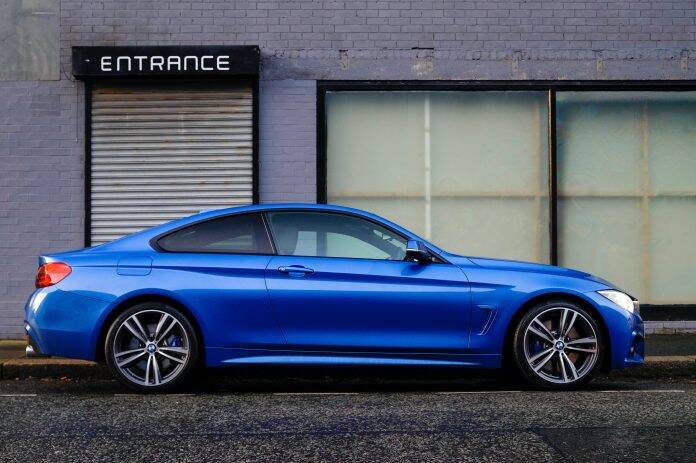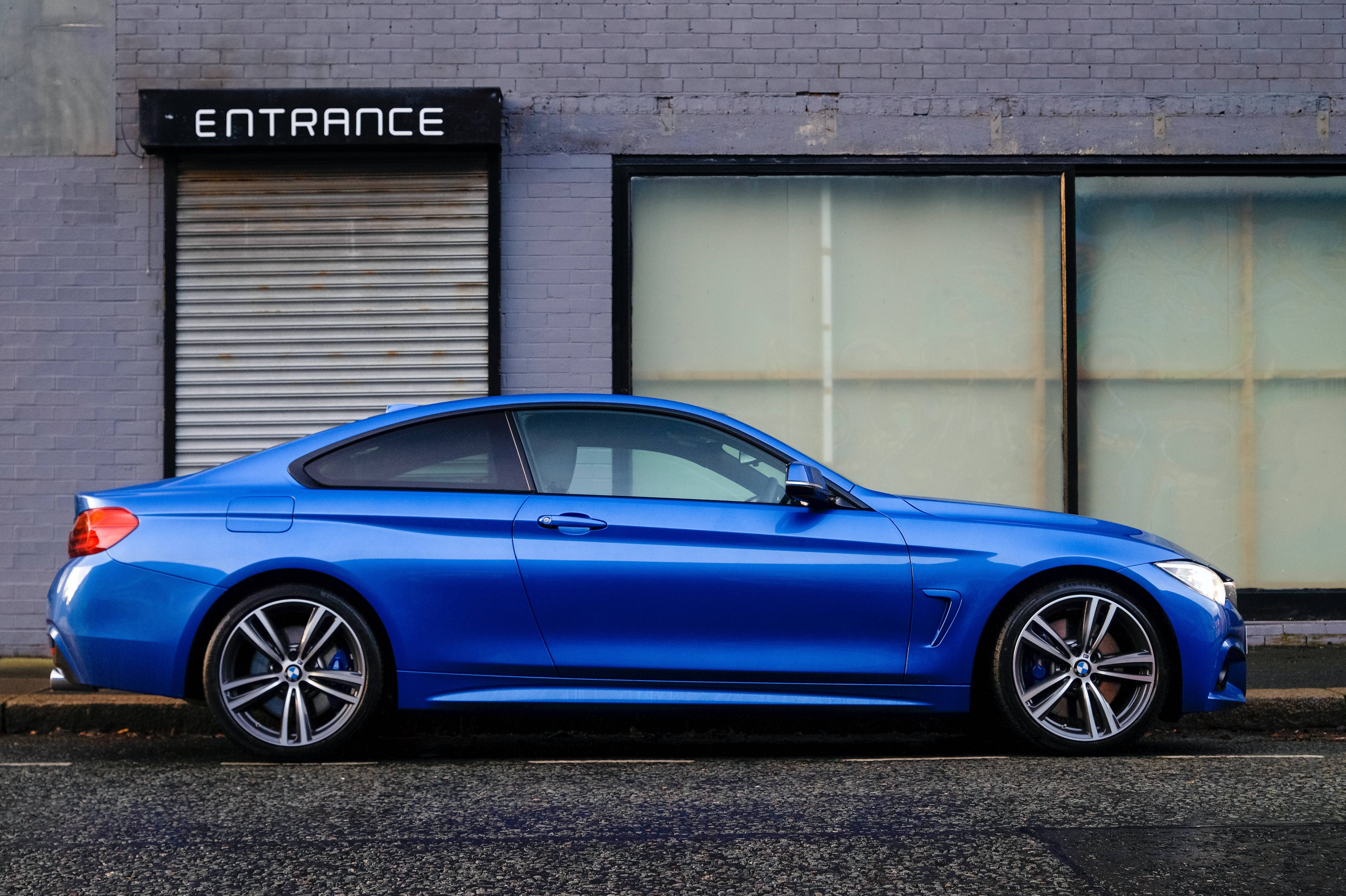Since it first emerged in Wuhan, China in late 2019, the novel Coronavirus has ravaged its way around the world, affecting populations globally and changing modern life in ways never previously imaginable. However, while the medical implications of the virus have indeed been tragic, COVID has also changed the way we as people live and interact.
Through the lockdowns and isolation measures imposed to curb the virus, our lives have changed markedly with the notion of homeworking, tele-networking, Zoom meetings and social distancing now becoming the norm.
The e-com effect on car buying
The internet was already changing the way we bought and sold cars with websites increasingly becoming the first port of call for research. However, until very recently, the online shopping model was largely reserved for smaller purchases, never previously straying into costly purchases.
In truth, e-commerce has been slowly transforming the shopping process for many years – particularly over the last decade – so it was perhaps only a matter of time until it would reach higher-end goods like cars and homes.
When the virus hit and distancing became an obligation rather than an option, shopping online reached new highs with would-be customers having little choice but to log on to do their shopping. Indeed, conservative estimates suggest Coronavirus may have accelerated the take-up and growth by as much as four to six years.
The so-called New Normal
Despite the promise of a return to relative normality on the horizon with the rollout of the vaccination program, most industry experts suggest the trends and habits learned through COVID will be unlikely to simply disappear. Distancing has become such an ingrained part of our culture (plus e-com become such a de facto option) that it does indeed seem improbable that things will just revert to the old model anytime soon.
The long-term effect on the car industry
Where once it was standard practice to visit your local dealership, peruse the (often limited) number of vehicles on offer, then arrange a test drive – these days, browsing virtual dealerships like Xways is becoming the norm. It’s estimated around 70% of all consumer journeys now start with an online search and the car industry, while relatively slow to catch up, is now following the same trend.
Some of the major ways the car buying and selling process is changing include:
- Virtual car inspections by video
- Browsing national databases of cars for sale rather than being limited to just your local dealership
- Extended test drive periods once the car has been delivered to the customer
- Selling cars via registration number apps that can give an instant valuation – followed by pickup by the buying dealership
- Longer warranty periods
- Verified inspection services by the dealership to give added peace of mind
- National car buying and selling companies
As with so many other areas of life, COVID is now also revolutionizing the car market. However, unlike many of the transformations occurring as a result of the virus, the majority of changes in buying and selling cars could easily be viewed as, ultimately, to the benefit of the end consumer.




